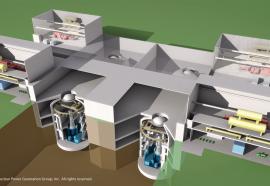New Directions in Distribution Management
Advanced systems turn ‘event-driven’ binary schemes into hybrid hierarchical controls.
Advanced distribution management systems (DMS) are providing unprecedented levels of control and efficiency. With greater knowledge about system loading and status, utilities can better make investment decisions—and operators will be better able to keep the lights on as the power system evolves.











